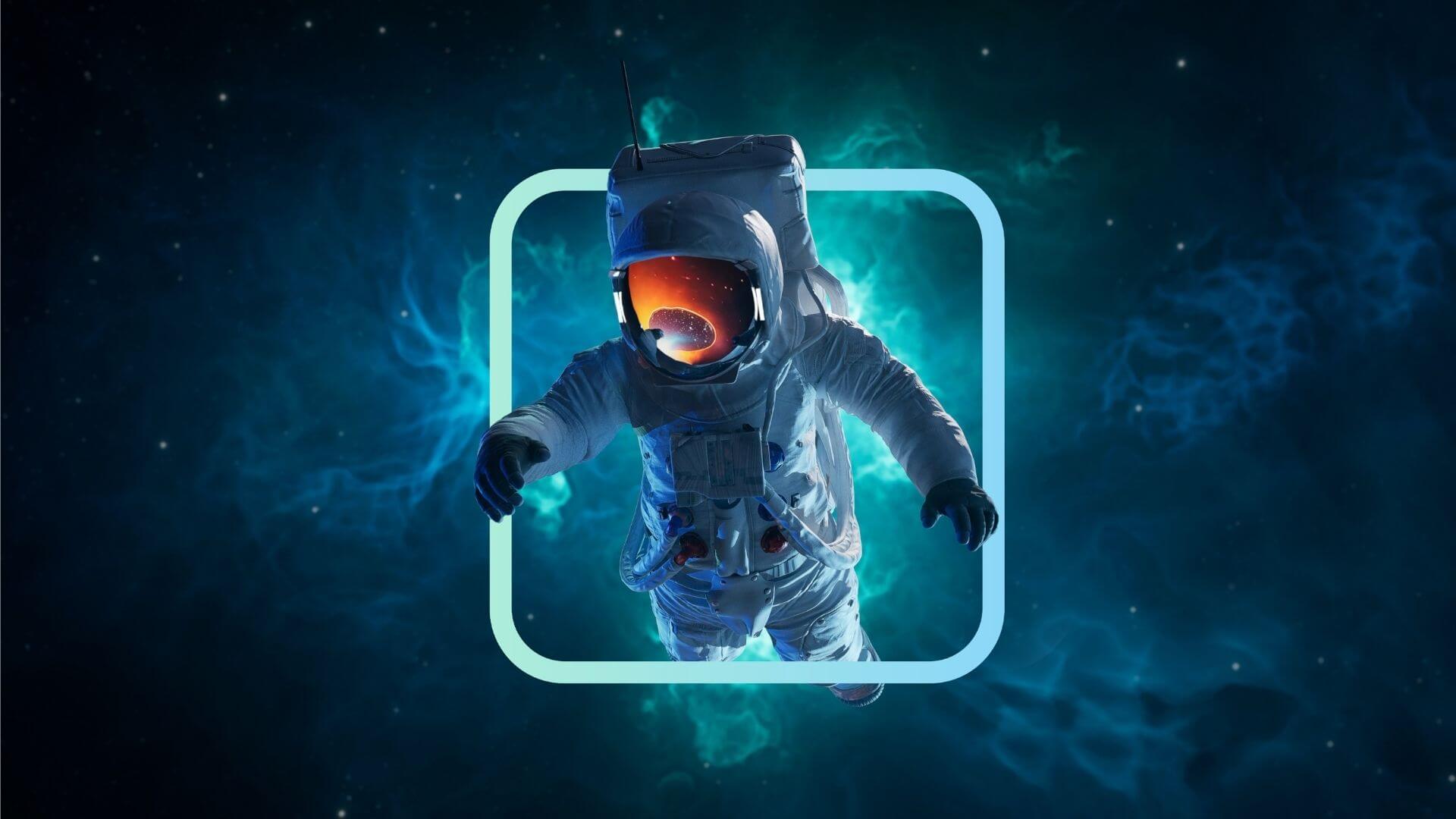Industry leaders unveil AI's transformative role in global business, from content innovation to regulatory compliance.
It’s been hard to cut through the buzz surrounding AI ever since OpenAI’s ChatGPT burst on the scene back in 2022.
With global thought leaders and industry experts all hailing the arrival of AI technology as a paradigm shift, businesses and organizations worldwide are coming under increasing pressure to adopt AI wherever they can.
But how do we cut through the hype and noise that surrounds AI? And what are the practical examples where AI can already be effectively implemented?
To discover exactly this, we invited a panel of experts to discuss AI’s Top 5 Applications to Globalization. We heard insights from Florian Faes, Managing Director at leading localization industry publication Slator, David Liu, Senior Product Marketing Manager, Gen AI at software automation experts SnapLogic, Julien Leblanc, Head of South Europe at sales enablement platform Highspot, and Acolad CRO Gráinne Maycock.
The fascinating discussion touched on a wide variety of areas where AI is already tangibly impacting daily operations - from scaling up content production to building in compliance with complex regulatory frameworks - while keeping in mind the vital role that human oversight and creativity still play.
Here’s a look at 5 key areas and how AI is already changing the game:
AI Content Creation
One of the most immediately apparent benefits of AI has been its capacity to rapidly upscale content production. An AI can help you research and write content faster than ever before - when it used to be difficult to create content at scale. But one of the truly revolutionary aspects is how it can also be used to review its own output, says Florian.
Practically speaking, this kind of automation is helping to improve AI content quality and enables humans to increase their own expertise. Secondly, this allows content to be increasingly multimodal - it’s now easier to build more audio and video content, and more of that content is multilingual because Large Language Models (LLM) can work across languages.
This is increasingly allowing businesses to hyper-personalize their content. Marketing campaigns, regulatory explainer videos and other similar content can all be tailored to smaller audiences. “We see a huge shift, for example, campaigns that would have taken teams six weeks to create are taking maybe six hours,” adds Gráinne.
Increasingly, content creation workflows are becoming less linear. Organizations are trying to take the best of all the technologies and tools that are available and looking at partnerships to see how they can build additional expertise into their organization, workflows, and therefore content.





